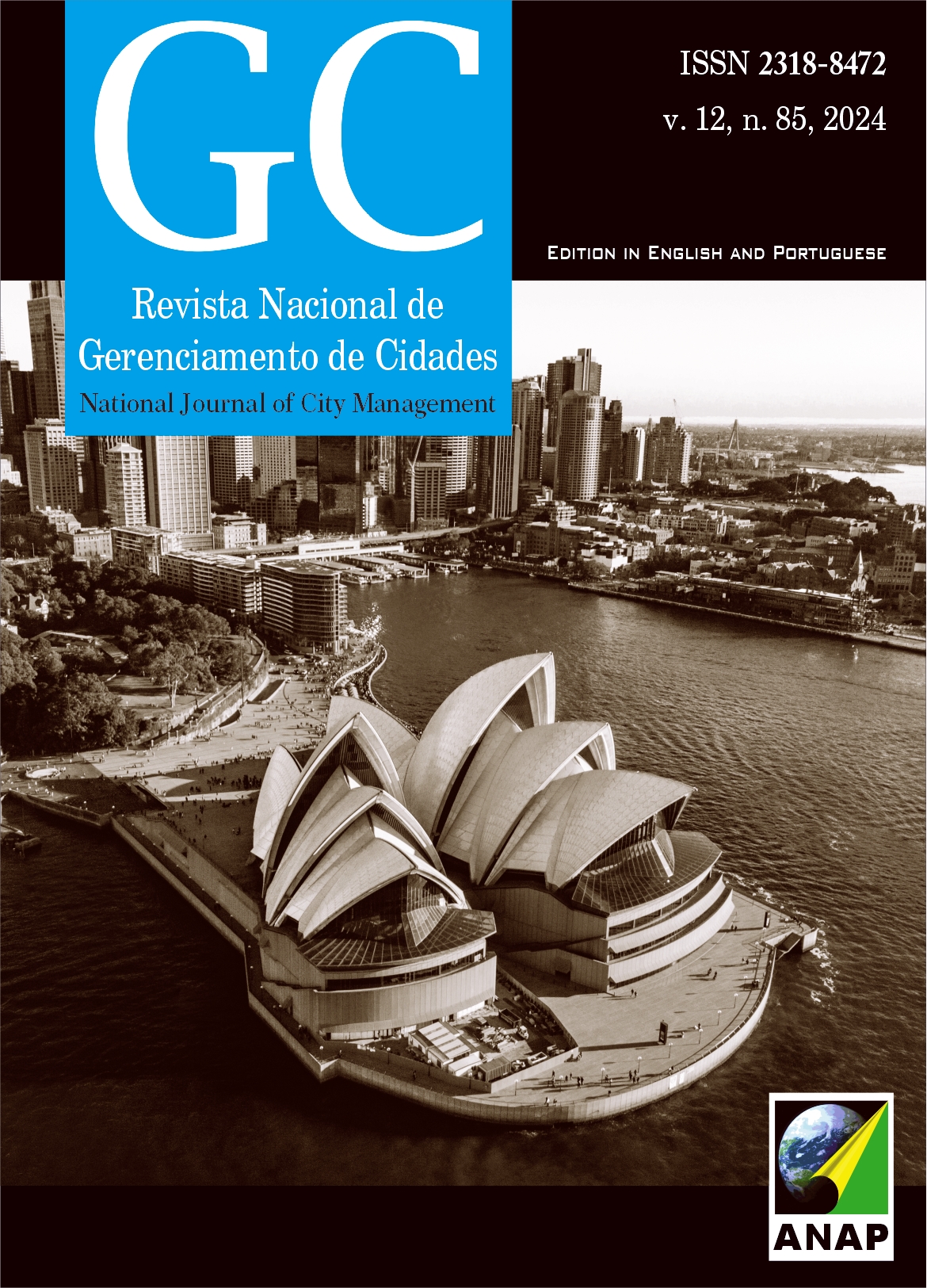Analysis of urbanization in the city of Barra do Bugres/MT based on the suppression of vegetated areas using remote sensing
DOI:
https://doi.org/10.17271/23188472128520244832Palavras-chave:
Urban climate, Landsat, VegetationResumo
With the advent of the implementation of the University of the State of Mato Grosso - UNEMAT in Barra do Bugres - MT, the city began to house the university population, resulting in the suppression of vegetated areas during its process of intense urbanization. Urbanization triggers changes in land use and land cover, thus generating impacts on the relationships between energy cycles on the surface. Thus, the general objective of this research was to analyze the urbanization of Barra do Bugres-MT from the space-time relationship of the surface temperature and the vegetation index (NDVI) through TM (Thematic Mappes) images from the Landsat 5 sensor in the years 1987 and 2010. Analyzing the surface temperature distribution, it was found that the highest values were concentrated in the north and east portions, more densely urbanized portions. The lowest NDVI values were found in the eastern portion, where there is greater urban density. However, the highest NDVI values were found in regions of the western portion, where despite the greater suppression of vegetated areas from 1987 to 2010, lower urban density and greater presence of native vegetation are observed. The use of remote sensing and NDVI proved to be a viable tool for analyzing the urbanization process in Barra do Bugres-MT between the years of study.
Downloads
Referências
Publicado
Edição
Seção
Licença

Este trabalho está licenciado sob uma licença Creative Commons Attribution-NonCommercial-ShareAlike 4.0 International License.















